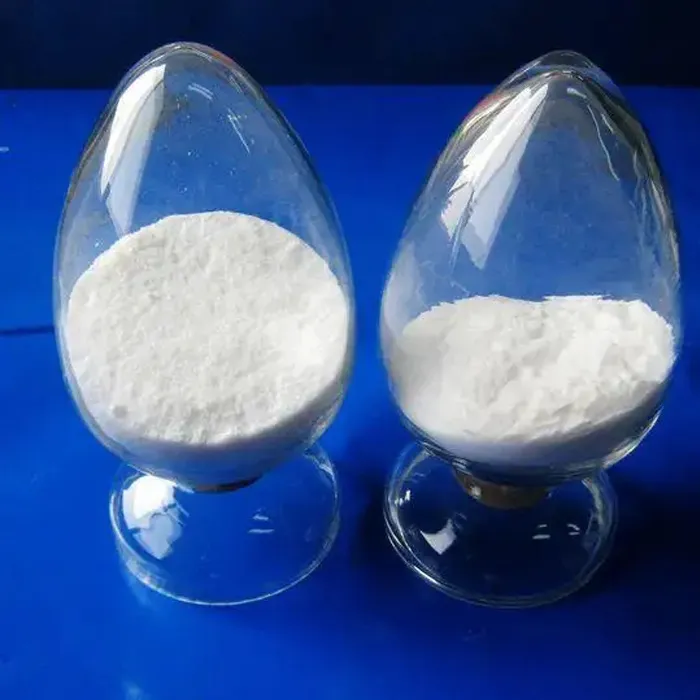Understanding Sodium Rhodanide Its Properties, Applications, and Safety
Sodium rhodanide, more commonly known as sodium thiocyanate (NaSCN), is an interesting compound with a range of applications across various fields. Its unique characteristics make it valuable in industrial processes, laboratory use, and even in some medical applications. This article delves into the properties of sodium rhodanide, its applications, and safety considerations that must be adhered to while handling this chemical.
Chemical Properties
Sodium rhodanide is an inorganic compound, it forms white to colorless crystalline substances that are soluble in water. It has a molar mass of 81.07 g/mol, and its structure consists of a sodium cation (Na+) and a thiocyanate anion (SCN-). The compound is known for its high solubility in polar solvents and moderate toxicity.
The interactions of sodium thiocyanate with water result in a decrease in the freezing point, which is why it is often used for de-icing roads and other surfaces in colder climates. In addition, it can form complexes with various metal ions, making it useful in analytical chemistry for the detection and quantification of metals.
Applications
One of the primary uses of sodium rhodanide is in the field of manufacturing and chemistry. It serves as a reagent in organic synthesis and is utilized in the production of various thiocyanate derivatives. These derivatives have applications ranging from the manufacture of plastics and pharmaceuticals to processes in the agricultural sector.
In the analytical chemistry arena, sodium thiocyanate is a crucial component in the determination of iron levels in solutions. Its ability to form a colored complex with iron(III) ions allows for the quantification of iron through photometric methods. This makes it indispensable in laboratories for water quality testing and environmental monitoring.
sodium rhodanide

In the agricultural sector, sodium rhodanide is employed as a fumigant and pesticide. Its efficacy in controlling pests has made it a popular choice among farmers, although its use must be carefully regulated due to potential toxicity to non-target organisms.
In the medical field, sodium thiocyanate has been investigated for its potential therapeutic properties. Studies suggest that it might have applications in treating certain conditions like hypertension and thyroid dysfunction. However, more research is necessary to fully understand its effects and applications in medicine.
Safety and Handling
While sodium rhodanide has several beneficial uses, it is essential to handle it with care. The compound can be toxic if ingested or inhaled, and prolonged exposure to skin may result in irritation. Therefore, users must wear appropriate personal protective equipment (PPE), including gloves, goggles, and masks, when working with this substance.
In case of exposure, immediate action should be taken. If it is ingested, medical attention should be sought urgently, and if inhaled, the individual should be moved to fresh air and observed for any adverse reaction. It is crucial to follow safety data sheets (SDS) provided by manufacturers for specific guidelines on handling, storage, and disposal.
Environmental considerations are also important when dealing with sodium rhodanide. It has the potential to cause harm to aquatic life if discharged improperly. Consequently, regulatory authorities often require proper treatment of waste containing this compound before it can be released into the environment.
Conclusion
In summary, sodium rhodanide is a versatile compound with various applications in manufacturing, analytical chemistry, agriculture, and even medicine. Its properties enable it to play a significant role in these fields, but it is vital to handle it with caution due to its toxicity. As research continues to uncover more about its uses and implications, sodium rhodanide remains an important chemical in both industrial and laboratory settings, emphasizing the balance between utility and safety in chemical handling. Awareness and proper education on this compound are essential to ensure that its benefits can be harnessed responsibly and effectively.

